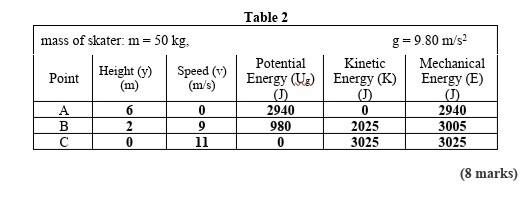In an era where climate change looms large on the horizon, the pursuit of sustainability has become a paramount concern. The home, often viewed as a sanctuary, serves not only as a haven for comfort but also as a potent battleground in the fight against environmental degradation. Many homeowners are vexed by the challenge of conserving energy while maintaining the level of comfort that they have grown accustomed to. However, the intersection of conservation and comfort is not only feasible; it is essential for a healthier planet.
To embark on this journey, it is necessary to distill the concept of comfort into its core components: temperature, lighting, and air quality. Each of these elements plays a pivotal role in our everyday experience, yet they often succumb to the tyranny of unchecked energy consumption. By adopting a multi-faceted approach, households can significantly reduce their energy footprint while still enjoying an inviting and hospitable environment.
Temperature Regulation
One of the most tangible ways to conserve energy is through effective temperature regulation. The HVAC (Heating, Ventilation, and Air Conditioning) system is frequently the largest energy consumer in any home. To mitigate this, consider investing in a programmable thermostat. By adjusting the temperature according to your schedule—lowering it during the night or when you’re away—energy waste can be dramatically reduced. Research indicates that for every degree you set back your thermostat in the winter, you can save approximately 1% on your heating bill.
Implementing ceiling fans can also provide unexpected benefits. On chilly days, running a fan in reverse can circulate warm air pooled near the ceiling, enhancing warmth without raising the thermostat. Conversely, in summer, using fans can facilitate comfort at higher temperatures, allowing you to set the air conditioning a few degrees higher.
Insulation plays a critical role in temperature management. A poorly insulated home loses heated or cooled air, necessitating excessive energy use to compensate. Ensure that your home is adequately insulated by sealing gaps around windows and doors. Investing in double-glazed windows can further diminish heat transfer, thus slashing energy consumption while preserving a stable indoor climate.
Lighting Alternatives
Lighting is another vital aspect where energy conservation is possible without sacrificing quality of life. Traditional incandescent bulbs are not only inefficient but contribute significantly to household energy expenses. Transitioning to LED bulbs is a financially and environmentally prudent move. These bulbs consume up to 80% less energy than incandescents and have a prolonged lifespan, reducing the frequency of replacements.
Moreover, employing natural light can dramatically decrease dependence on artificial sources during the day. Strategic placement of mirrors and lighter drapery can amplify sunlight within living spaces. Window treatments that allow for light while providing privacy are also essential in harmonizing comfort with conservation.
To further optimize indoor lighting, consider incorporating smart lighting systems. With the ability to control lighting via smartphone apps or automated systems, these technologies enable homeowners to reduce unnecessary energy expenditure by ensuring lights are off when rooms are unoccupied.
Enhancing Air Quality
The quality of air within a home directly influences comfort. Maintaining optimal humidity levels and ensuring proper ventilation can contribute to a pleasant atmosphere while minimizing energy use. Over-reliance on mechanical ventilation can strain energy resources. Instead, leverage natural ventilation strategies by opening windows during cooler evenings and utilizing exhaust fans judiciously to expel stale air.
Indoor plants can serve a dual purpose; they not only improve air quality but can also enhance aesthetic appeal. Certain plants are known for their air-purifying attributes, helping to reduce dependency on energy-intensive air purifiers. Nonetheless, regular maintenance of any HVAC systems is still crucial to sustain quality air flow and efficiency.
Appliances and Energy Efficiency
Energy-efficient appliances stand as a cornerstone in the endeavor to conserve energy at home. When procuring new devices, look for the ENERGY STAR label, indicating superior efficiency compared to standard models. Such appliances often consume less power, ultimately translating into lower utility bills.
Additionally, small changes in daily routines can yield substantial energy savings. For instance, run dishwashers and washing machines with full loads, use cold water whenever feasible, and air-dry clothing when practical. These seemingly trivial adjustments can collectively diminish energy utilization without compromising comfort.
Embracing a Lifestyle of Conservation
Ultimately, the journey towards energy conservation extends beyond mere adjustments to systems or appliances. It embodies the adoption of a lifestyle that prioritizes sustainability. Encourage family members to engage in discussions about energy use, fostering an environment where awareness translates into action.
Consider embarking on community initiatives that promote energy-saving strategies. Local workshops can educate and inspire collective action, promoting a culture of conservation that extends beyond individual households.
In conclusion, conserving energy at home does not necessitate discomfort; rather, it invites a re-evaluation of familiar habits and practices. Through thoughtful integration of technology, an acute awareness of consumption behaviors, and a commitment to sustainability, homeowners can cultivate an energized and comforting environment. Consciously choosing to implement these strategies is not merely an individual act; it’s a collective step toward a more sustainable future, where the balance between comfort and conservation can indeed harmoniously coexist.







